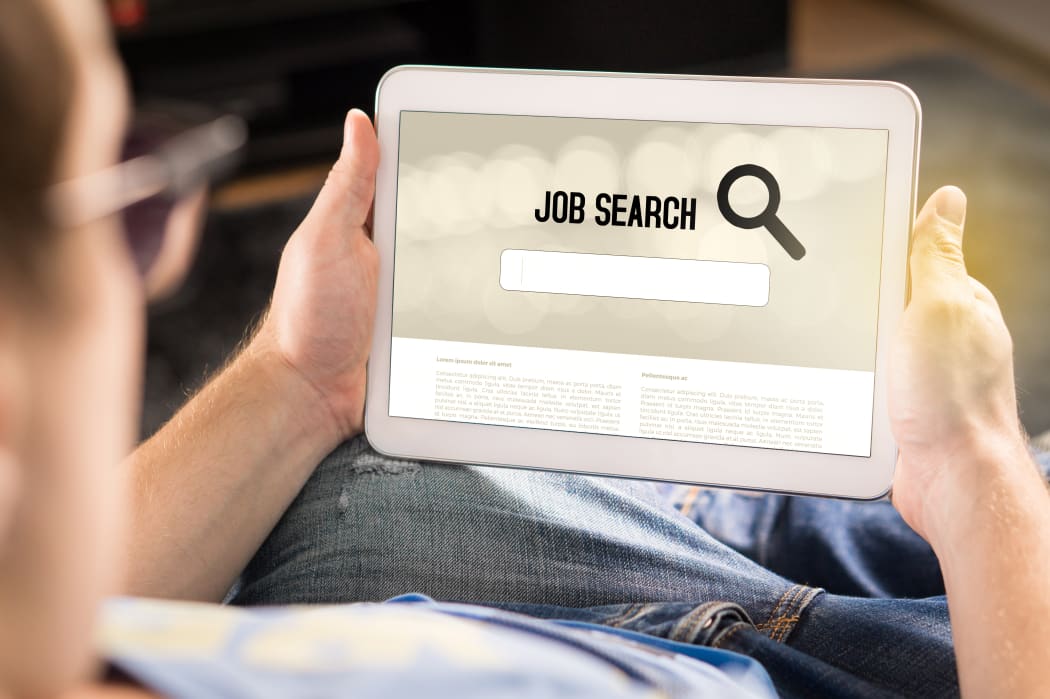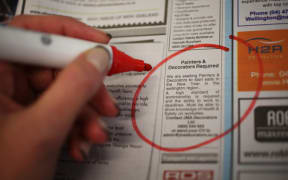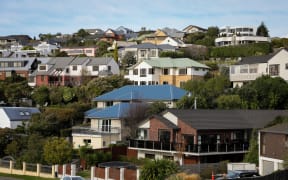The labour market has fared better than expected during the Covid-19 pandemic but has still recorded the biggest quarterly rise in the number of unemployed in more than 30 years.

Photo: 123RF
The jobless rate in the three months to September rose to 5.3 percent from 4 percent in the previous quarter - which had been disrupted in collecting accurate data because of lockdowns.
Expectations had been for unemployment around 5.4 percent.
"We are continuing to see the economic effects of Covid-19, and its associated border and business closures," Stats NZ senior manager Sean Broughton said.
The number of unemployed rose 37,000 to hit an eight-year high of 151,000, as the economy lost about 22,000 jobs during the quarter.
The underutilisation rate, a measure of the slack in the labour market, rose to 13.2 percent from 12 percent.
Unemployment is defined as those actively seeking work, while underutilisation includes those wanting to work more hours or who could work but are not actively seeking a job.
But the strength of the economic rebound showed through in the number of hours worked, which were back to levels of a year ago, and the wage subsidy scheme was also likely masking some of the weakness.
"Undoubtedly, the picture is much less gloomy than it could have been were it not for the wage subsidy, New Zealand's relative Covid success, and the surprisingly rapid recovery in economic activity," ASB senior economist Mike Jones said.
Wage growth slowed marginally to 1.6 percent for September.
Yet to peak
The number also showed that women, Māori and Pasifika were faring worst in job losses, as they were in industries that had been hit by the lockdowns, or in tourism and hospitality sectors, which have been among the hardest hit.
"What's more worrying is the growing number of women leaving the workforce. The number of Māori women employed in tourism fell a whopping 20 percent," Kiwibank chief economist Jarrod Kerr said.
The biggest rise in unemployment was in Auckland, which was put back into higher lockdown levels than the rest of the country during the quarter.
The number of people employed in the retail trade, accommodation, and food services industries in Auckland fell by 6.5 percent.
Expectations are that unemployment will keep rising into next year, but will peak at a lower level than feared when the pandemic started.
"We think it's likely unemployment will continue to nudge higher in coming quarters, but our forecast peak of 6.5 percent next year, if realised, would amount to a sterling result when set against global peers," ASB's Jones said.
Kiwibank's Kerr said the onus was still on the government and the Reserve Bank to keep supporting the economy through spending and low interest rates.
"More needs to be done to stimulate the economy in the recovery. Government-led initiatives (fiscal policy) are the most effective, and should focus more on SME business and job creation."
New Zealand's jobless rate was better than most developed economies, with Australia already at 6.9 percent, the US close to 9 percent, and is average compared to members of the Organisation of Economic Development and Co-operation (OECD), at 7.4 percent.






